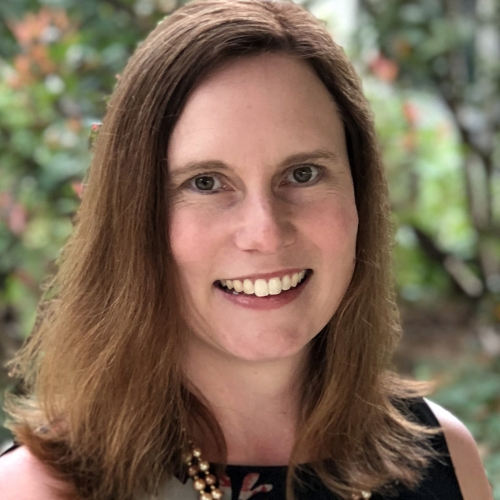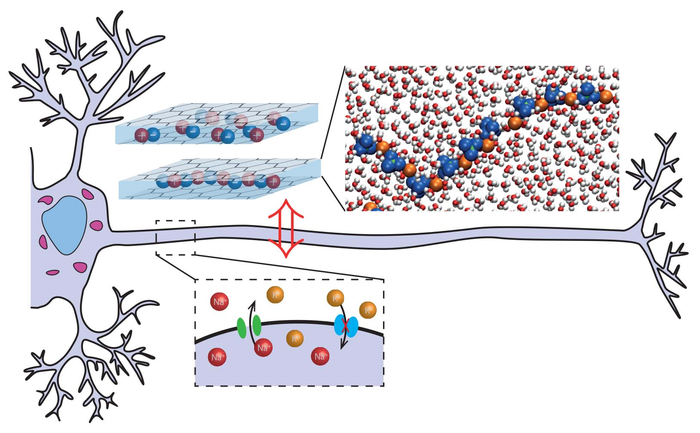This ‘day’ was first declared by the United Nations in 2015 making February 11, 2022 the eighth annual International Day of Women and Girls in Science. Here’s my list (not exhaustive) of websites and events honoring women in science.
Canada
Ingenium, the umbrella organization for Canada’s national science museums (the Canada Agriculture and Food Museum, Canada Aviation and Space Museum and the Canada Science and Technology Museum) doesn’t seem to have recognized the day with any special webpages or events but it does have a Women in STEM (science, technology, engineering, and mathematics) webspace featuring a slide show, posters, videos and more which highlight women’s contributions.
The federal government has a webpage devoted to the day,
International Day of Women and Girls in Science 2022
At the Impact Assessment Agency of Canada, we honour the work of women in science on the International Day of Women and Girls in Science.
…
A unique path to a scientific career
Lucy Harrison is a Project Manager in Vancouver. Find out how scuba diving with her father at 12 years old sparked her interest in marine biology and led her on a very unique career path.
Her studies include a Bachelor’s Degree from the University of Plymouth in Marine Biology and a Master’s Degree from Simon Fraser University in Tropical Marine Ecology.
Problem-solving and learning by science-based experience
Lynette Esak is a Project Manager in Edmonton. Lynette’s drive to solve puzzles made her a natural fit for a career in the sciences.
Her studies include a Bachelor of Science in Agriculture with focus on plants, soils and economics, and a Master of Science in Soil Science, both from the University of Alberta.
Social science and impact assessment
Marion Doull is a Senior Policy Analyst in Ottawa. She provides subject matter expertise on health and gender-based analysis plus.
Her studies include a Bachelor’s Degree in Kinesiology from the University of Ottawa, a Master’s of Health Sciences in Health Promotion from the University of Toronto and a Ph.D. in Population Health from the University of Ottawa.
…
The confidence to act on our dreams
Hayet Laggoune is a scientist who works as an Analyst in Ottawa. Hayet’s curiosity to understand the world around her and explore its wonders led her to a career in the sciences.
She holds a bachelor’s and a master’s degree in applied sciences in renewable energies from the Université de Constantine in Algeria and a doctorate in engineering in image processing from the Université de Bourgogne in France.
You’ll find more women along with videos and extended biographies on the Government of Canada’s International Day of Women and Girls in Science 2022 webpage.
The University of British Columbia (UBC) has a February 11, 2022 media release celebrating the day with stories about “How UBC women in STEM are supporting each other to succeed.”
United Kingdom
There’s a February 11, 2022 University College London (UCL) press release explaining why the ‘day’ is important,
Over the past two years, women have led ground-breaking research into public health, vaccines and innovative technology, alongside working on the front lines of Covid-19 response as scientists, health care workers and more.
Yet according to UNESCO’s forthcoming Science Report only 33 per cent of researchers are currently women. And due to the pandemic, the gender gap in science and technology is poised to widen.
Implemented by UNESCO [United Nations Educational, Scientific, and Cultural Organization] and the United Nations, the International Day of Women and Girls in Science (11th February [2022]), recognises the critical role women and girls play in science and technology, and aims to promote full and equal access and participation for women and girls in science.
Here, some of UCL’s female academics explain why having equality in the field is so important.
….
United States
The (US) National Society of Professional Engineers (NSPE) is hosting its Discover Engineers Week from February 20 – 26, 2022 and this year’s Introduce a Girl to Engineering (Girls Day) is being held February 24, 2022.
This still relevant infographic was produced by the Ohio University’s Online Master of Civil Engineering program according to an October 22, 2020 blog posting (scroll down to the “Add This Infographic to Your Site” subhead if you’d like a copy) on the program’s website.
This 2016 video conveys some of the excitement of the Introduce a Girl to Engineering (Girls Day), “Meet Victoria Ibarra. She attended her first “Introduce a Girl to Engineering Day” at The University of Texas at Austin when she was 10 years old,”
Brava to the women and girls in STEM around the world.


